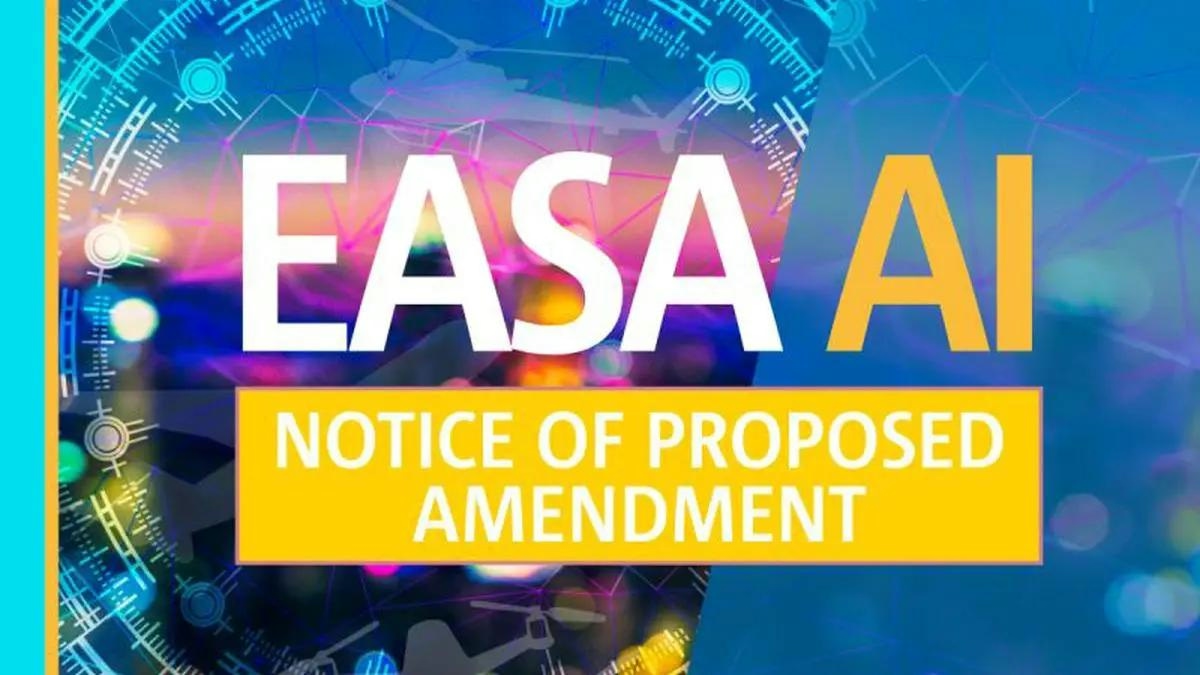
AeroGenie — Your Intelligent Copilot.
Trending
Categories
A New Era in Passenger Communication

A New Era in Passenger Communication
Air travel continues to represent one of the most intricate communication environments across industries. Passengers frequently navigate a complex web of booking platforms, airline applications, airport announcements, and baggage claim notifications, often encountering inconsistent messaging and guidance. This fragmentation not only generates confusion and frustration but also contributes to operational inefficiencies, particularly for low-cost carriers (LCCs) and regional airlines that operate with constrained resources.
Nicholas Key, chief executive of 15below, asserts that artificial intelligence (AI) is set to revolutionize this landscape. Recent advancements in AI technology are enabling airlines to foster stronger, more continuous relationships with passengers throughout their travel experience. Strategic collaborations, such as the partnership between 15below and Airport AI, are spearheading the development of integrated communication solutions designed to bridge the persistent gaps between various service providers.
Bridging the Communication Divide in Air Travel
A fundamental challenge within the air travel sector lies in the disconnect between airport and airline communications. Passengers often face uncertainty regarding whether to rely on airline notifications, airport announcements, or third-party travel applications. This ambiguity becomes particularly critical during disruptions, when timely and accurate information is paramount. The industry currently lacks a unified, trusted source that delivers consistent customer communication across all channels and touchpoints.
Traditional communication methods, including mass emails and public departure boards, operate on a one-way broadcast model and fail to address the individualized needs of passengers. Emerging AI-powered communication systems aim to resolve this issue by consolidating data from airlines, airports, and third-party sources such as weather services and ancillary providers. These platforms offer consistent, personalized updates through conversational interfaces, enhancing the passenger experience.
For instance, a traveler may begin engaging with an airline or airport website several days before departure to check flight status or parking availability. Subsequently, they can opt to receive real-time updates via messaging platforms like WhatsApp or SMS. These updates extend beyond flight changes to include planning information such as transportation assistance and anticipated wait times, thereby providing a comprehensive and tailored communication experience.
Automation and AI Integration in Airline Operations
From the perspective of airlines, automation plays a pivotal role in enhancing communication efficiency. Modern AI systems, underpinned by large language models, are capable of automating a broad spectrum of interactions that surpass the capabilities of traditional chatbots. These advanced systems comprehend context, interpret complex queries, and deliver nuanced, natural responses, enabling LCCs to maintain high-quality communication without incurring excessive operational costs.
Nonetheless, the integration of sophisticated AI agents, including platforms like ChatGPT, into existing booking and communication infrastructures presents significant challenges. Airlines and airports must ensure seamless compatibility with legacy systems, uphold stringent data privacy and security standards, and carefully manage the transition from conventional communication methods to AI-driven processes. The ultimate success of these initiatives will depend on the degree to which the technology is embraced and trusted by both travelers and industry stakeholders.
Industry Impact and Future Outlook
The market’s reception of these AI-driven communication innovations will largely depend on their effectiveness and reliability. Competitors are expected to respond by developing their own AI solutions, emphasizing enhanced customer service and personalized experiences to maintain a competitive edge. Increased automation and AI integration have the potential to transform passenger communication into a strategic asset, improving customer service, reducing friction, and strengthening the relationship between airlines and passengers throughout every phase of the journey.
As the aviation industry embarks on this new era, it faces the challenge of balancing technological progress with the imperative to maintain trust, protect privacy, and ensure a seamless travel experience for all passengers.

U.S. Aerospace and Defense C-Class Parts Market: Supply Chain and Demand Forecast to 2030
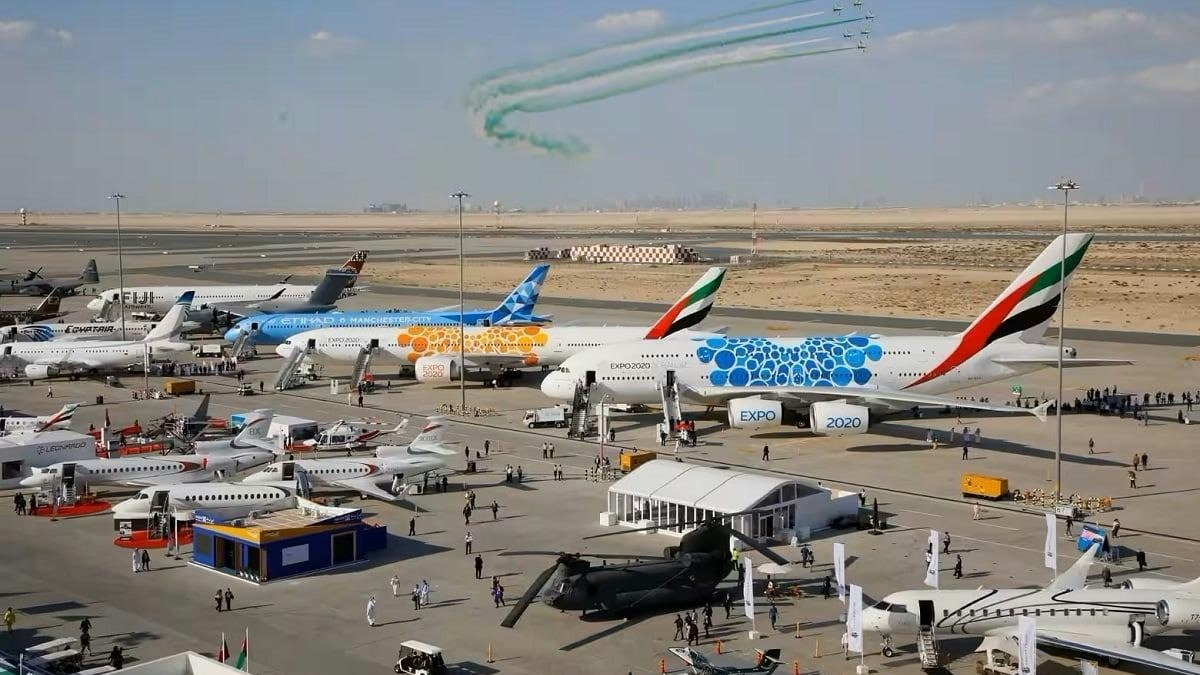
Dubai Airshow 2025 Opens with Focus on Aviation Innovation
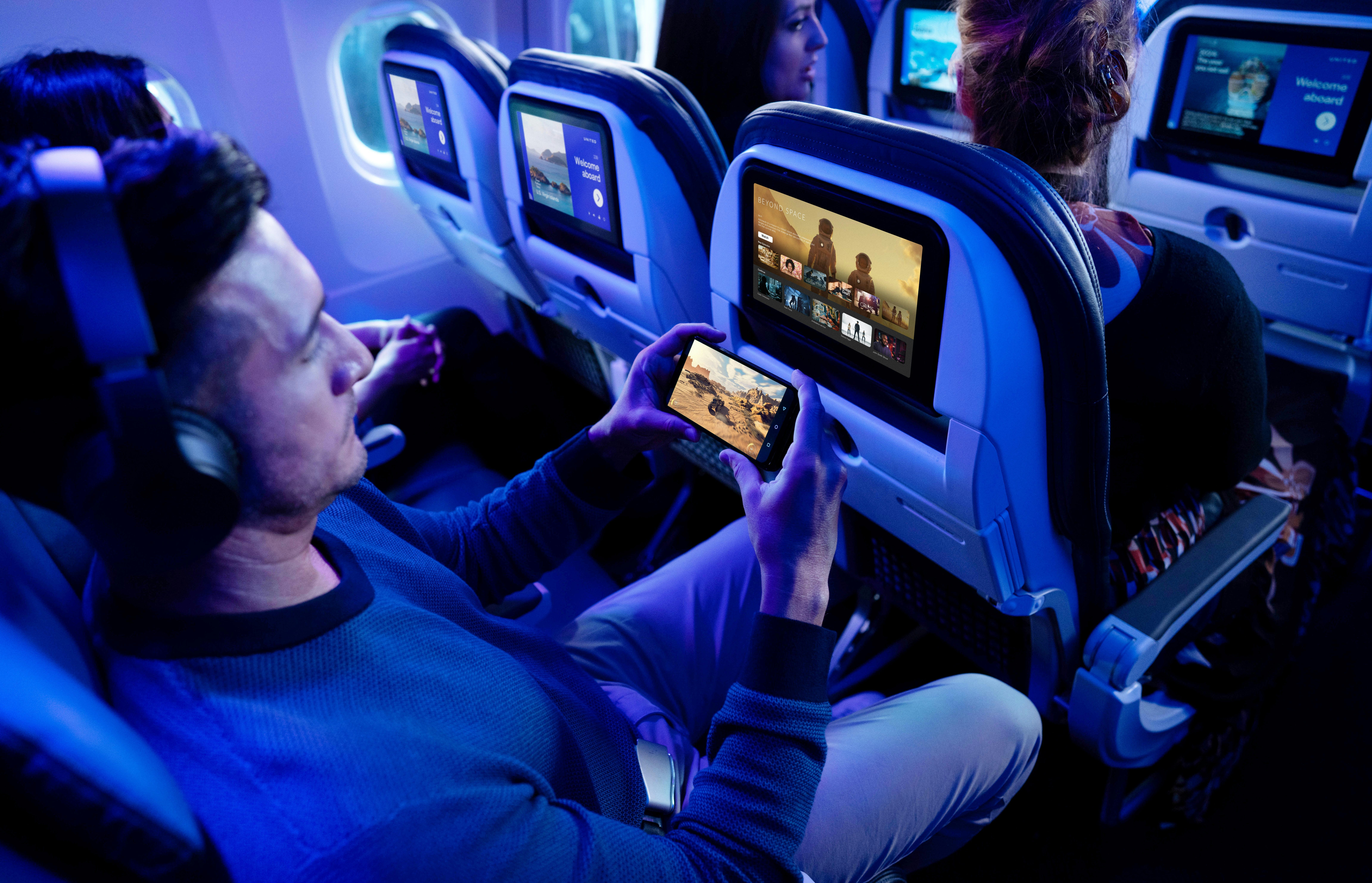
Emirates to Install Starlink for Free Onboard Wi-Fi Starting November

AI Advances Shaping Travel in 2025

Material Support for GAMIT Reaches Record High
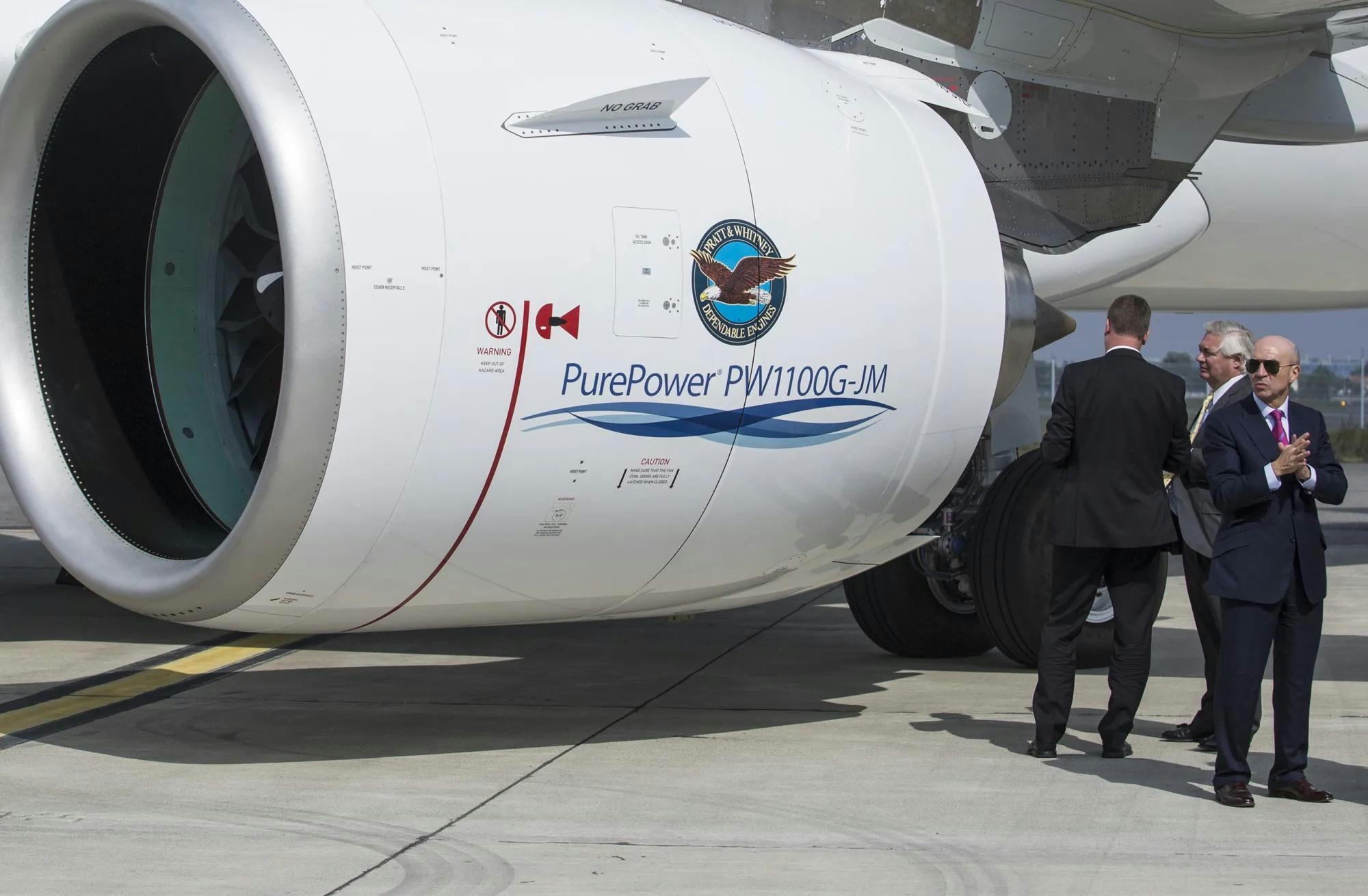
Pratt & Whitney Produces Enough Engines for Airbus to Meet 2025 Delivery Goal
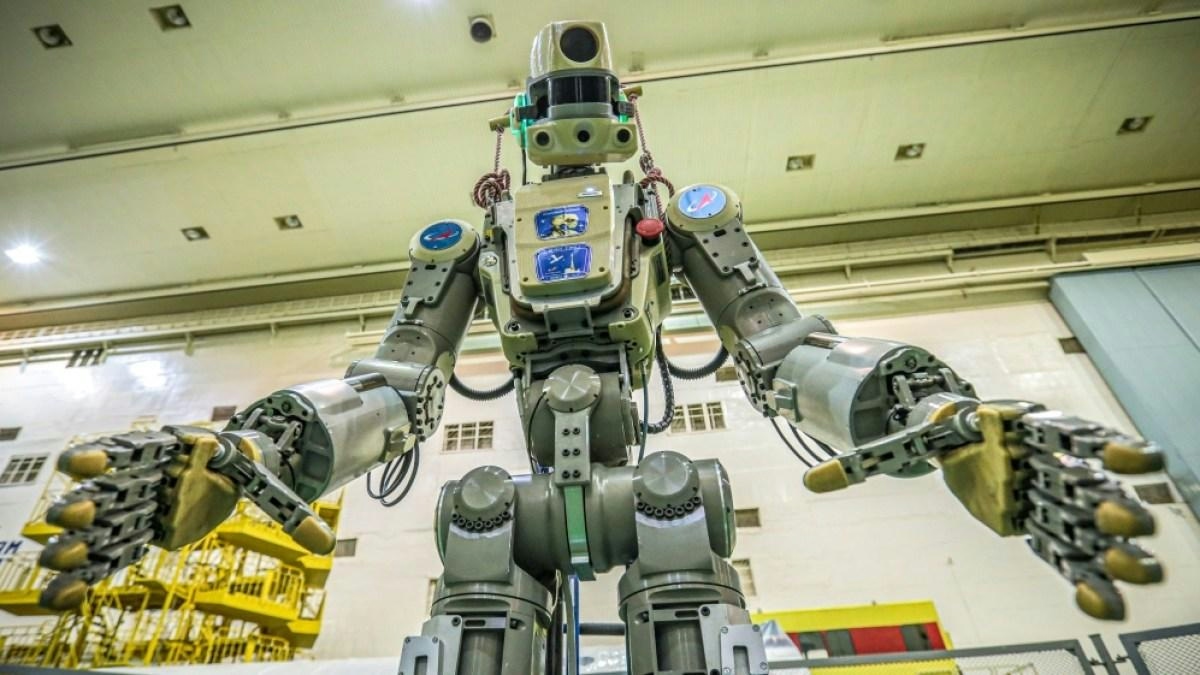
Russian Airline Trials Humanoid Robot as In-Flight Attendant
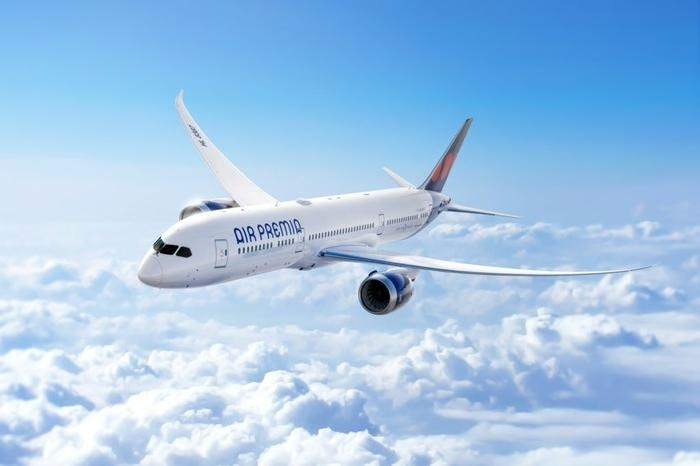
Air Premia Adds Fourth Spare Engine to Improve Operational Safety

CDB Aviation Leases Two 737 MAX 8 Jets to Ethiopian Airlines
